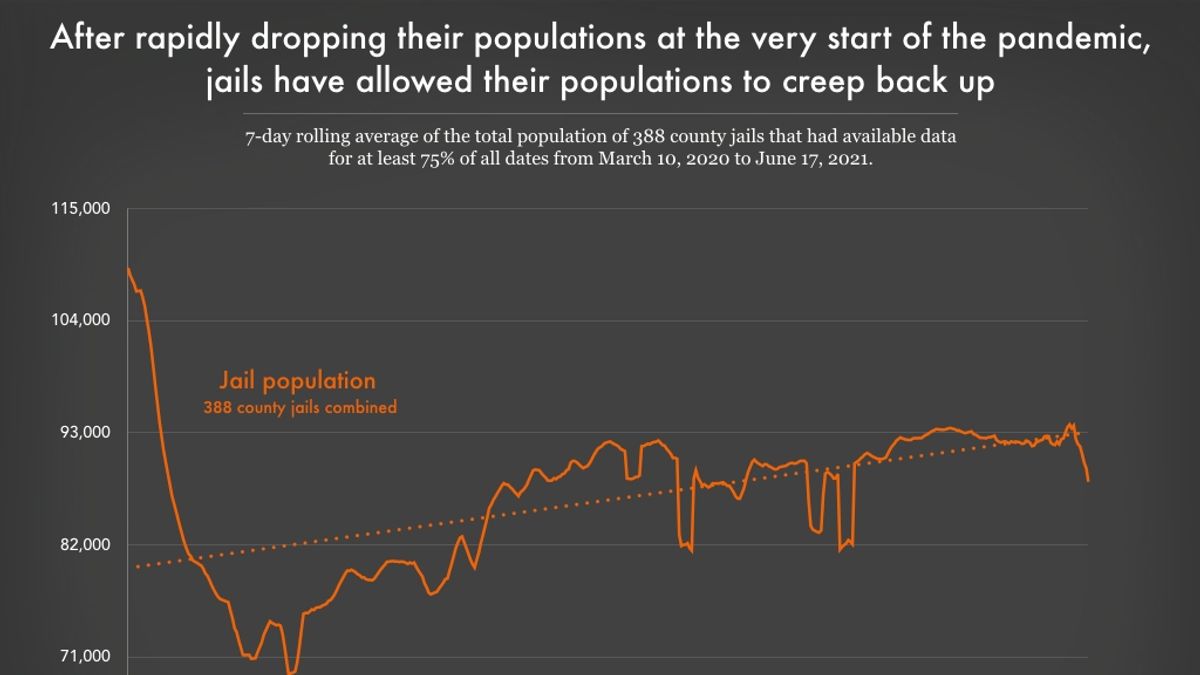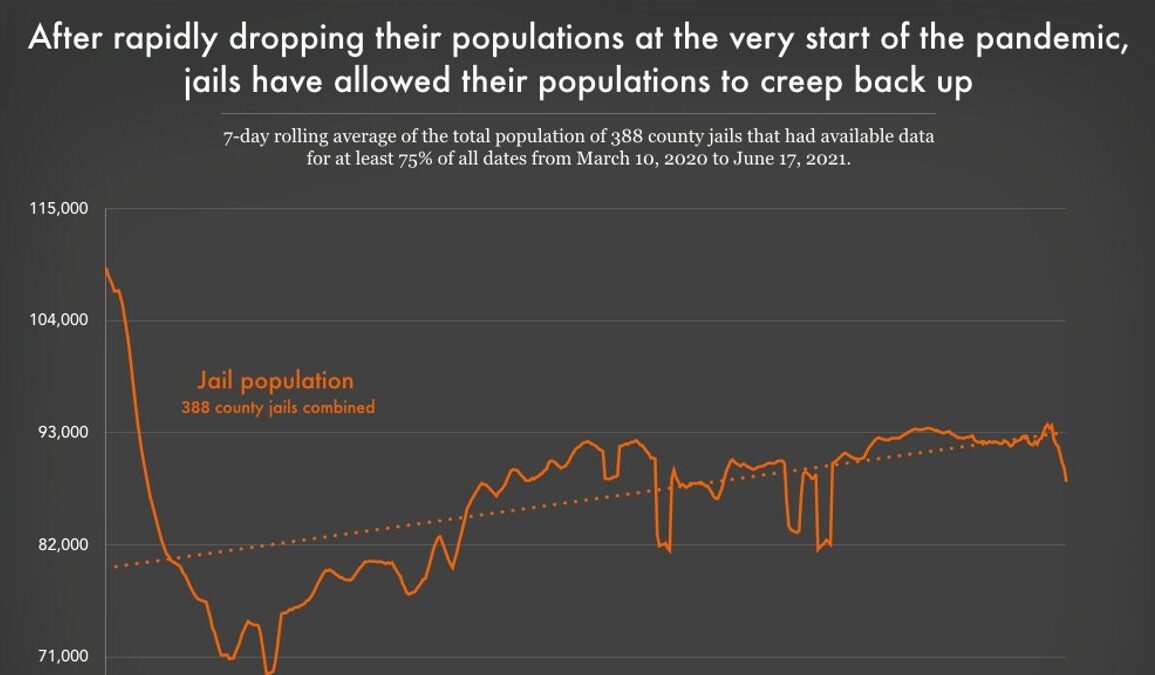
The Grim Statistics of COVID-19 in Prisons and Jails
During the COVID-19 pandemic, the U.S. observed a concerning trend – the death rate among people in prisons and jails was three times higher than the general population. This alarming statistic brings to light the pressing need for sustained changes in prison health. A detailed analysis of the situation reveals a multitude of factors contributing to this elevated mortality rate.
Challenges and Measures Taken to Control the Virus Spread
According to a report published in the British Medical Journal (BMJ), the pandemic brought unique challenges for inmates and staff in prisons and jails. Overcrowding and poor sanitation conditions, coupled with the inability to maintain social distancing, made these facilities vulnerable to rapid virus spread. Despite measures taken to control the virus’s spread, such as increased cleaning, mask use, and health screenings, the death rate remained worryingly high. The BMJ report provides a comprehensive view of the pandemic’s impact on these facilities and identifies the urgent need for improved health practices.
Systemic Failures and Staffing Shortages
A separate report from the Justice Department’s Office of the Inspector General paints an even grimmer picture, highlighting systemic operational failures and extreme staff shortages. These factors contributed to hundreds of likely preventable inmate deaths across the Federal Bureau of Prisons system between 2014 and 2021. Moreover, it was found that more than half of the deaths were by suicide, pointing to a failure in adequately screening for and monitoring mental health issues among inmates. The report also pointed out improper documentation, short staffing, and non-adherence to federal policy as significant contributors to the high death rates.
The Effect of COVID-19 on Inmate Deaths
Interestingly, the Inspector General’s report also highlighted how the COVID-19 pandemic could have indirectly contributed to an increased number of inmate deaths. The lockdowns, quarantines, and restrictions on movement during the pandemic led to decreased programming and socialization opportunities for inmates. This lack of social interaction and engagement could have aggravated pre-existing mental health conditions, leading to an increased number of suicides.
Recommendations for Improvement
The report from the Inspector General’s office proposed various measures that the Bureau of Prisons leadership should undertake to improve the situation. These recommendations include enhancing mental health screening and monitoring procedures, ensuring adequate staffing, and adhering strictly to federal policies. Additionally, the report stressed the need for proper documentation of all incidents and dealing strictly with issues of illegal contraband and drugs within facilities.
Call to Action
The pandemic has underscored the urgent need for a thorough reevaluation of health practices within U.S. prisons and jails. It has become apparent that the health of inmates cannot be overlooked, as their well-being is intrinsically linked to that of the broader community. In the light of these findings, it is crucial that measures are implemented promptly and effectively to reduce death rates and improve overall health conditions within these facilities.
This post was originally published on this site be sure to check out more of their content.









